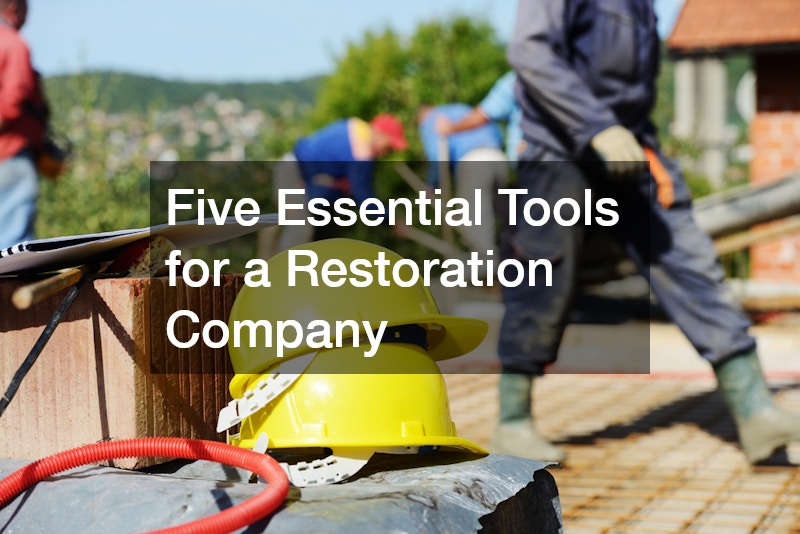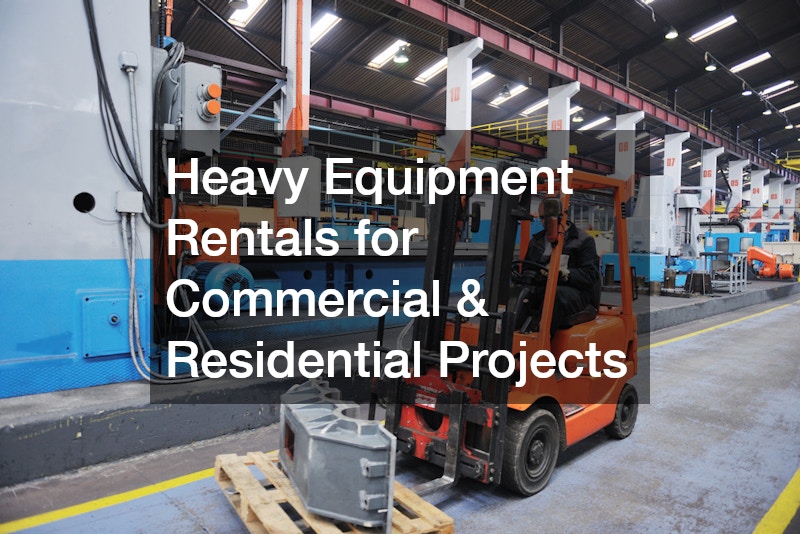In the dynamic and demanding field of restoration services, having the right tools at your disposal can make a significant difference in the efficiency and effectiveness of the work performed. Restoration companies often face emergencies and need to act swiftly to mitigate damage and begin the recovery process. Whether dealing with water damage, fire restoration, or mold remediation, having a set of essential tools is crucial. This article will explore five indispensable tools that every restoration company should have in their arsenal to ensure they deliver high-quality service to their clients.
1. Moisture Meters
Moisture meters are among the most vital tools for restoration companies. A moisture meter helps detect the presence and level of moisture content in walls, flooring, and other building materials by providing an accurate reading.
This tool is vital when it comes to dealing with water damage restoration, as it allows technicians to identify hidden moisture, which can lead to mold growth if left untreated. Using a moisture meter, experts can pinpoint wet areas and track the drying process to ensure complete moisture removal. This ensures that all water-damaged areas have been adequately dried and reduces the risk of future issues related to excess moisture.
2. Industrial-Grade Air Movers
Industrial-grade air movers are essential for speeding up the drying process after water damage. These high-velocity fans create airflow across wet surfaces, increasing evaporation rates and reducing drying time. Effective restoration demands rapid intervention, and air movers are crucial for preventing further deterioration of materials. Restoration companies often employ multiple air movers to ensure thorough drying across large or affected areas. The efficiency provided by these machines not only speeds up recovery times but also minimizes the risk of secondary damage, such as mold growth.
3. Dehumidifiers
Dehumidifiers are indispensable in the arsenal of a restoration company, especially after water damage events. These machines remove excess moisture from the air, an essential step in preventing mold growth and ensuring a proper drying process. By maintaining optimal humidity levels, dehumidifiers help protect the structural integrity of a building while also safeguarding occupants’ health. Restoration companies utilize commercial-grade dehumidifiers that are powerful enough to handle the demands of large and severely affected spaces. A combination of dehumidifiers with air movers can effectively speed up the overall restoration process.
4. HEPA Vacuums
HEPA vacuums are crucial for maintaining air quality during the restoration process, particularly when dealing with mold remediation. HEPA (High-Efficiency Particulate Air) filters are designed to capture and trap tiny particles, including mold spores, allergens, and dust, ensuring cleaner and safer air in the restored environment. A restoration company must prioritize air quality control to protect both workers and building occupants. HEPA vacuums are especially important in environments where contaminants could pose health risks. By using HEPA vacuums, restoration professionals can effectively remove unwanted particles and ensure that spaces are not only restored but also safe to inhabit.
5. Personal Protective Equipment (PPE)
Prioritizing safety is essential for any restoration company, and proper Personal Protective Equipment (PPE) plays a critical role. PPE includes items such as gloves, masks, goggles, and protective suits, designed to safeguard employees from health hazards encountered during restoration work. Restoration environments can pose various risks, from toxic substances and hazardous mold to sharp debris. Equipping workers with appropriate PPE ensures they can perform their duties safely. Additionally, PPE is also a key factor in maintaining compliance with occupational safety regulations, which is a vital aspect of operating a responsible restoration business.
The success of a restoration company largely hinges on its ability to effectively utilize essential tools that ensure efficient and high-quality service delivery. From moisture meters and air movers to dehumidifiers, HEPA vacuums, and PPE, each tool plays its part in restoring damaged properties to their original or improved state. By investing in these tools and training their staff properly, restoration companies can not only optimize their operations but also enhance the safety and satisfaction of their clients. These tools help address specific challenges posed by water, fire, or mold damage, enabling companies to work faster and more effectively. Furthermore, proper maintenance of these tools ensures longevity and reliability, which is vital during emergency restoration jobs. As the restoration industry continues to evolve, staying updated with the latest tools and technologies will be key to maintaining a competitive edge in this critical field. By adapting to technological advancements, restoration companies can streamline their processes, increase efficiency, and provide superior service, ultimately setting themselves apart in a competitive market.
.




